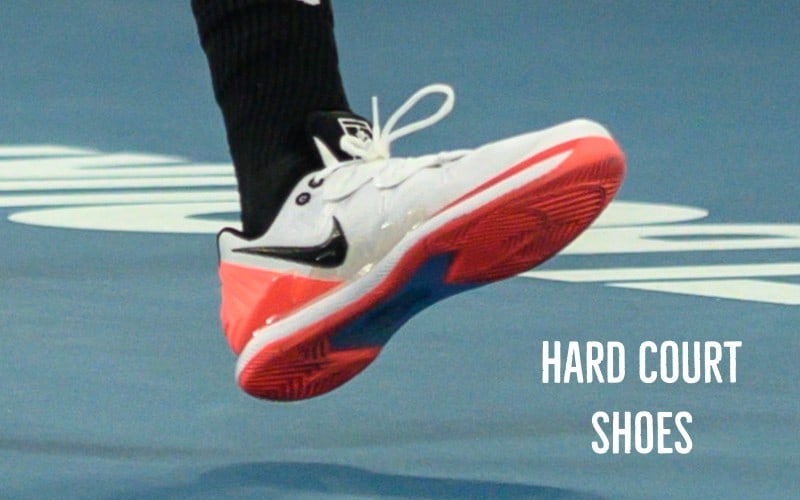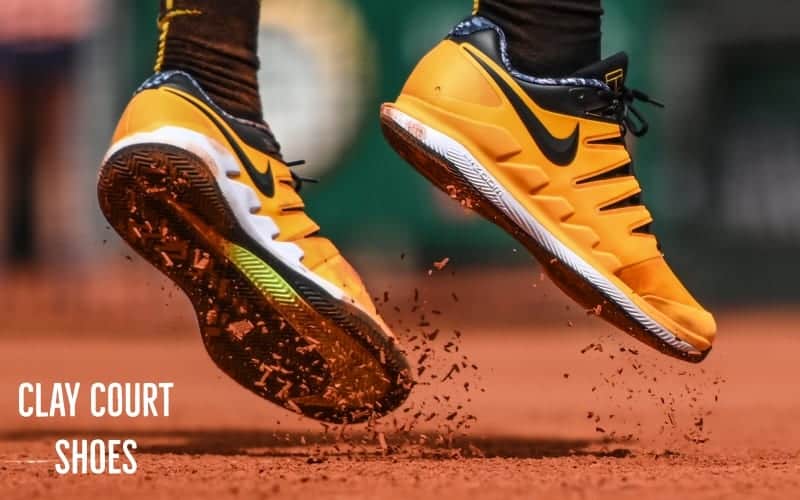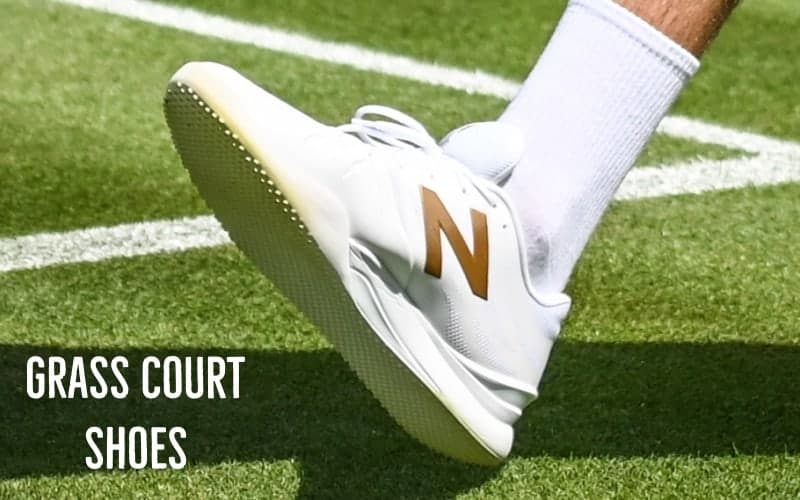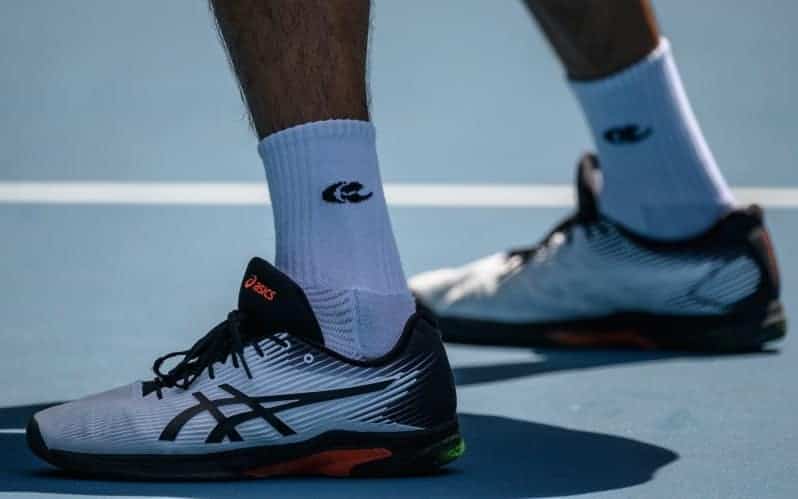If you are going to play at the All England Lawn Tennis and Racquet Club Championships, then you might need to wear white tennis shoes. But, for the rest of us who can only aspire to wear garments endorsed by current champions, our choices are thankfully a little more diverse. No longer do corseted ladies’ volley with grace and gentlemen have long ago disposed of jackets and long trousers on the court.
Modern tennis rules allow players to choose whichever color of tennis shoes they want, as long as the shoe does not damage the surface of the court. Only players competing at Wimbledon are required to wear white shoes.
Since the days of Stan Smith endorsing Adidas tennis shoes the trend has nibbled away at the dominant white color and today the most popular tennis shoe of the top fifty players is available in a variety of vibrant colors. White is one of them, but so is an almost luminous green as well as black. Your choices are as vibrant as your imagination and until you get to the center court at Wimbledon you are free to choose any color you want.
Do Tennis Shoes Need To Have White Soles?
Fading away in some obscure corner of many tennis clubs will be a sign regarding the prohibition of black soled shoes or shoes that would leave marks on the court. Today, brand marketing gurus have utilised the space under the feet of tennis stars to print their logos in a variety of colors.
Just like the upper portion of modern tennis shoes, so to the soles have embraced color and the only requirement of soles is that they leave no marks on the court. The color is irrelevant.
What Type of Shoes Do You Wear For Tennis?
The simple answer is of course, ‘tennis shoes’ but the reasons are more important. The distinction between tennis shoes and sneakers has become blurred – and that creates a problem. Proper tennis shoes are designed to provide comfort and support for the specific conditions of the court.
They are made to protect your feet and ensure your safe movement around the court. So, no matter at what level you are playing, make sure that the shoes you wear have been designed and manufactured specifically for the surface on which you are going to be spending your time, whether that is clay, hard, carpet, or grass.
Tennis Shoe Sole Pattern
Just like running shoe soles are designed for forward movement, tennis shoe soles are designed for a variety of movements as well as for specific surfaces. The pattern of soles for hard courts recognizes the potential for wear on the most abrasive of the three surfaces. Typically, they will have a modified herringbone type structure that is designed to provide a combination of stability and grip. They will also have additional cushioning to provide comfort on the harder and more abrasive surface.

On the softer and more slippery clay court, the sole pattern is a full herringbone which provides the necessary traction but also allows a degree of slide. In addition, the grooves are specifically designed to combat clay lodging in them.

Those fortunate enough to play primarily on grass courts will need soles specifically for this surface that is the fastest and softest of the three types. Here the herringbone gives way to a flat sole covered with small bumps or ‘pimples.’ Soles for hard courts will also suffice for the occasional game on clay or grass for everyone bar the serious league player, but you do need to check the local club rules before playing.

How to Choose Tennis Shoes
The range of tennis shoes is huge. To guide you along in the selection process, identify your style of play. Are you going to be dashing to the net at every opportunity, or are you going to hug the baseline and power your way from there?
Next, have a look at your old tennis shoes and pay attention to the area of wear. This will guide you in the type of shoe you need to buy. The easiest of the three issues is your choice of surface you are going to spend most of your time on.
The advances in technology will accommodate your specific requirements and spending time making an informed decision will reward you with hours of comfort on the court.
Final Thoughts
Tennis is hard on the feet and anything that comes between them and the court so spend time choosing shoes that not only suit your style of play but also provide you with adequate comfort and support. Next to your racket, shoes will be your biggest equipment expense.
Young players can escape from a fall on the court with just a couple of scratches and scrapes but as players get older falls on the court get to be treated a little more seriously and a firm footing becomes ever more important. Technology has advanced immensely from the days of the plimsole shoe so embrace the improvements in design and material and utilize the opportunity to let your foot ware make your fashion statement with vibrant color on the court.

